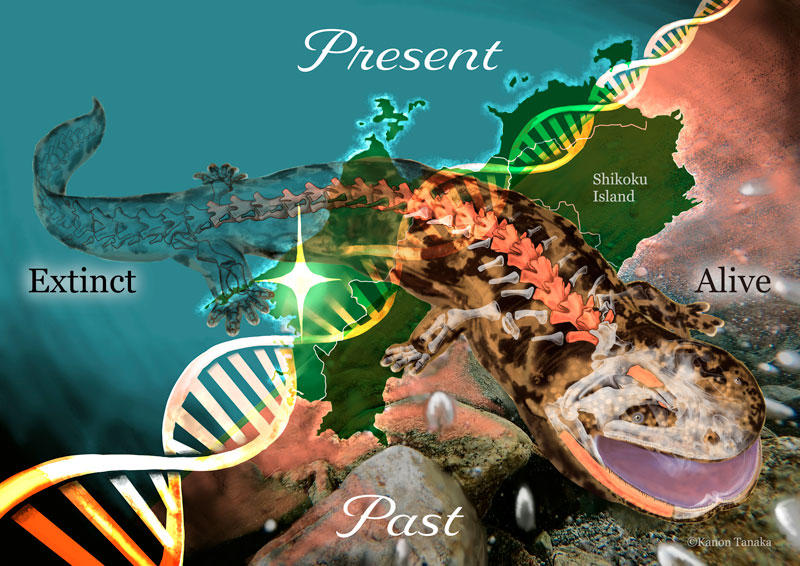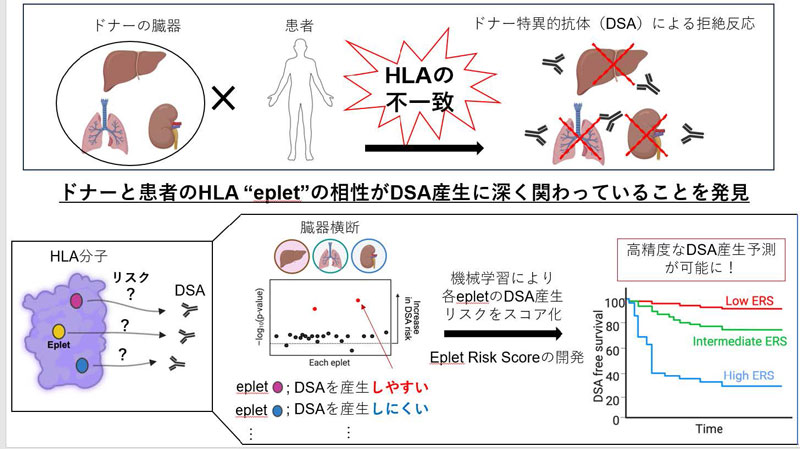2025-06-10 京都大学

<関連情報>
- https://www.kyoto-u.ac.jp/ja/research-news/2025-06-10
- https://www.kyoto-u.ac.jp/sites/default/files/2025-06/web_2506_Noda-dc1f783ff85801f7a3f0f41245773d56.pdf
- https://www.nature.com/articles/s41598-025-03496-5
古代のDNAが化石と現代のオオサンショウウオ分類学を統合する Ancient DNA integrates fossil and modern giant salamander taxonomy
Masahiro Noda,Takushi Kishida,Hiroyuki Kitagawa,Ibuki Fukuyama & Kanto Nishikawa
Scientific Reports Published:09 June 2025
DOI:https://doi.org/10.1038/s41598-025-03496-5
Abstract
The genus Andrias includes the largest extant salamanders, and is comprised of one Japanese species A. japonicus and four Chinese species. The fossil record of the giant salamander is incomplete and modern giant salamanders are not differentiated osteologically among species, making it difficult to identify bones at the species level. In this study, we re-examined a fossil series of giant salamander discovered from a cave on Shikoku Island, Japan. We obtained ancient DNA from the fossil and confirmed that the partial sequence of mitochondrial DNA was identical to that of extant A. japonicus. These remains were dated to the Late Pleistocene, however, the result of carbon-14 dating in this study estimated the age as more recent, approximately 3,500–4,100 years ago. Currently, there is a small population of A. japonicus in Shikoku, but it is far removed from the fossil discovery area. Our findings suggest that wild A. japonicus in western Shikoku may have been extirpated very recently.


